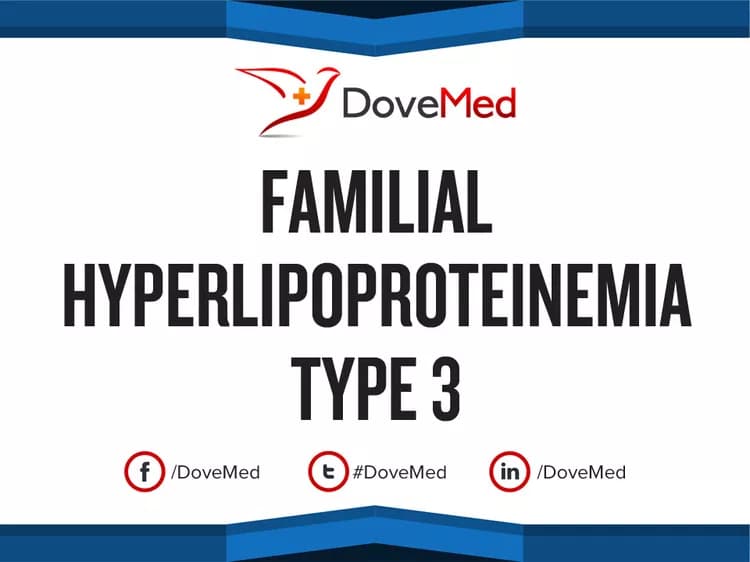The topic Familial Hyperlipoproteinemia Type 1 you are seeking is a synonym, or alternative name, or is closely related to the medical condition Familial Lipoprotein Lipase Deficiency.
Quick Summary:
- Familial Lipoprotein Lipase Deficiency is an inherited disorder caused by a defective gene responsible for an enzyme called lipoprotein lipase. As a result, the affected individuals lack the ability to produce lipoprotein lipase enzyme that is needed to breakdown the fat molecules
- The disorder is characterized by a massive accumulation of fatty particles (chylomicrons) in blood and a corresponding increase of fatty substances called triglycerides
- The signs and symptoms associated with Familial Lipoprotein Lipase Deficiency include recurrent attacks of pancreatitis resulting in abdominal pain, nausea, vomiting, and loss of appetite. Also, there may be a formation of yellow skin deposits, called xanthomas, on the eyelid, hands, elbows, and knees
- Complications of Familial Lipoprotein Lipase Deficiency are recurrent episodes of abdominal pain due to inflammation of the pancreas, xanthomas causing cosmetic concerns, enlargement of the organs (liver and spleen), and occlusion of blood vessels in the retina
- The deficiency disorder is treated by controlling blood triglyceride levels and through symptomatic treatment. Restriction to a very low-fat diet can dramatically improve the symptoms of Familial Lipoprotein Lipase Deficiency
- Since it is an inherited disorder, there are no preventive measures available. Awareness of the risk factors, such as a positive family history, can allow early detection
- When the individuals adhere to a fat-free diet, the symptoms are considerably improved and this can bring about a favorable outcome
Please find comprehensive information on Familial Lipoprotein Lipase Deficiency regarding definition, distribution, risk factors, causes, signs & symptoms, diagnosis, complications, treatment, prevention, prognosis, and additional useful information HERE.
Related Articles
Test Your Knowledge
Asked by users
Related Centers
Related Specialties
Related Physicians
Related Procedures
Related Resources
Join DoveHubs
and connect with fellow professionals


0 Comments
Please log in to post a comment.